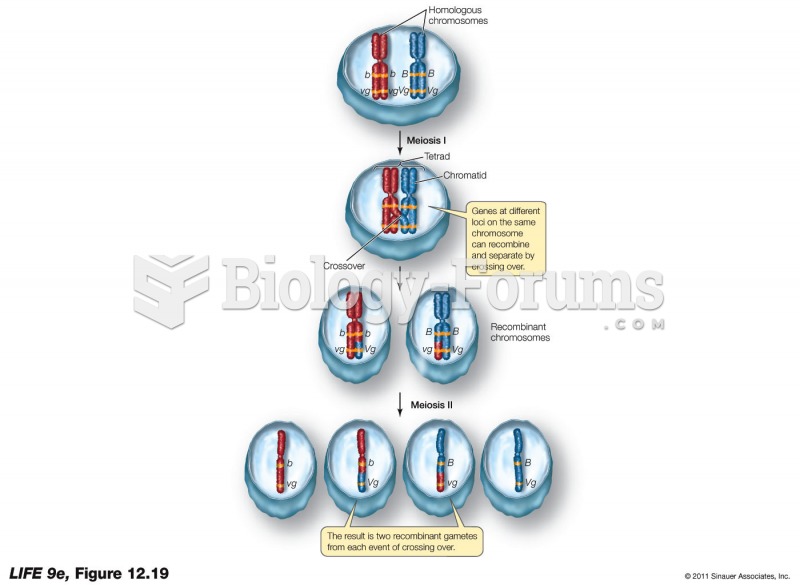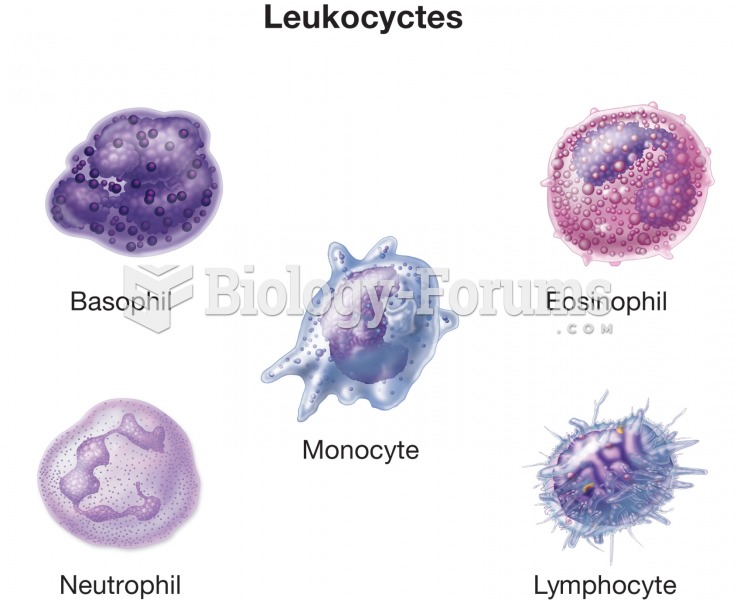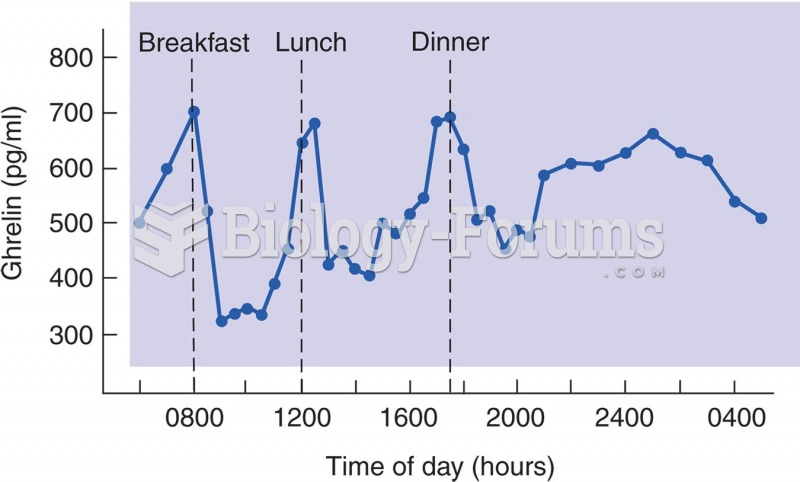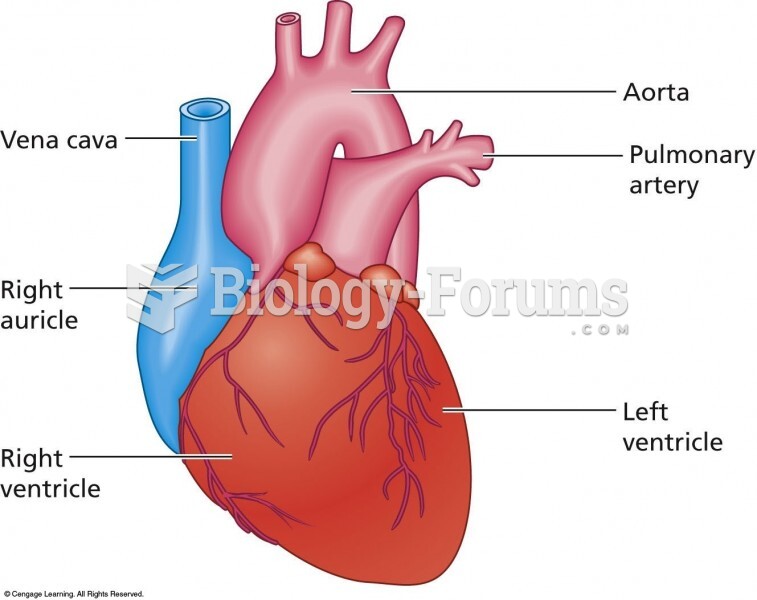Which of the following statements provides blood work results and rationale that would be most closely associated with acute coronary syndrome?
A)
Increased serum creatinine and troponin I as a result of enzyme release from damaged cells
B)
Increased serum potassium and decreased sodium as a result of myocardial cell lysis, release of normally intracellular potassium, and disruption of the sodium-potassium pump
C)
Elevated creatine kinase and troponin, both of which normally exist intracellularly rather than in circulation
D)
Low circulatory levels of myoglobin and creatine kinase as a result of the inflammatory response
Question 2
Four patients were admitted to the emergency department with severe chest pain. All were given preliminary treatment with aspirin, morphine, oxygen, and nitrates and were monitored by ECG. Which patient most likely experienced myocardial infarction?
A)
A 33-year-old male whose pain started at 7 AM during moderate exercise and was relieved by nitrates; ECG was normal; cardiac markers remained stable.
B)
A 67-year-old female whose pain started at 2 AM while she was asleep and responded to nitrates; the ECG showed arrhythmias and ST-segment elevation; cardiac markers remained stable.
C)
An 80-year-old woman whose pain started at 6 AM shortly after awakening and was not relieved by nitrates or rest; the ECG showed ST-segment elevation with inverted T waves and abnormal Q waves; levels of cardiac markers subsequently rose.
D)
A 61-year-old man whose pain started at 9 AM during a short walk and responded to nitrates, but not to rest; ECG and cardiac markers remained stable, but anginal pattern worsened.







